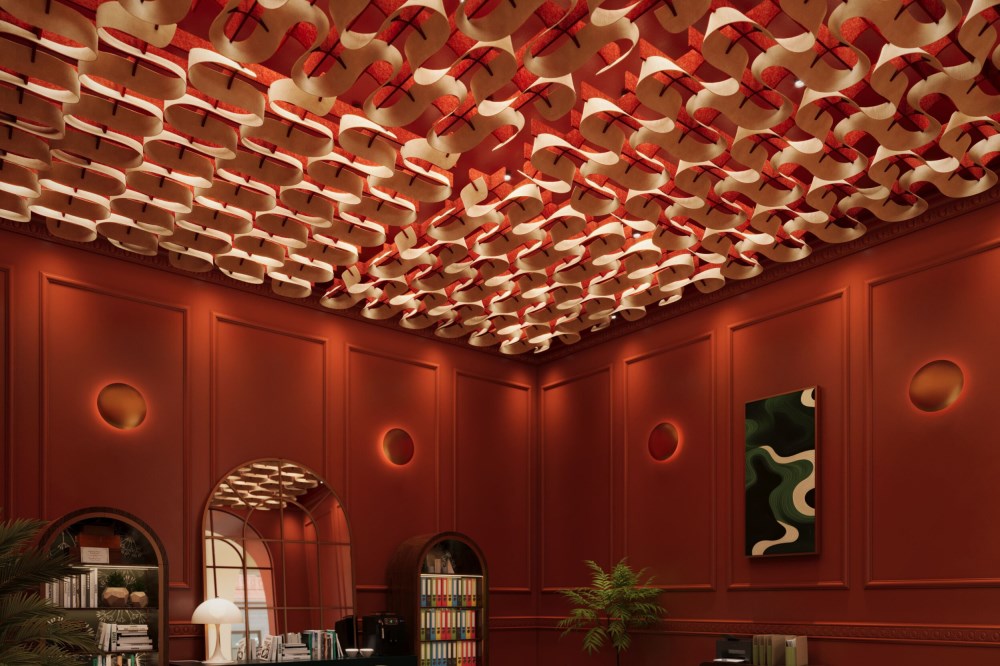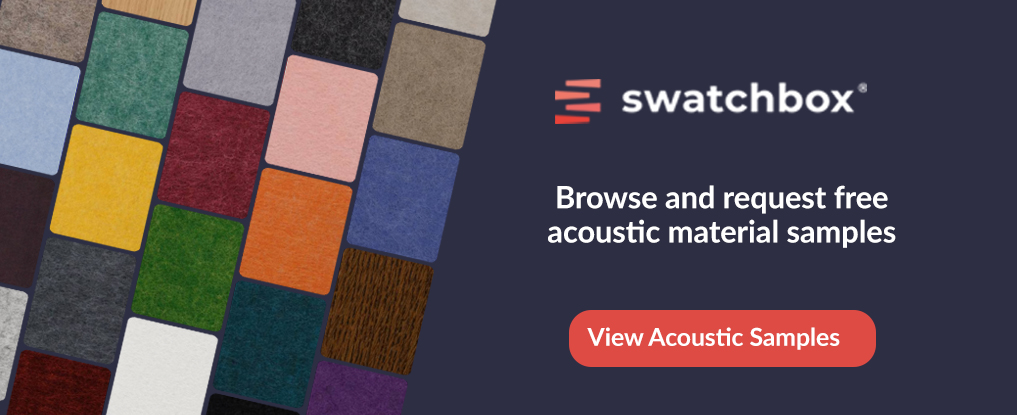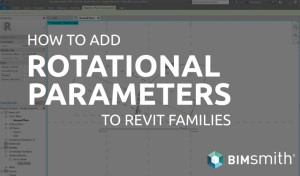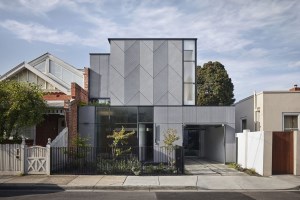In 2025, sound is no longer an afterthought in interior design. It's a central part of how we shape spaces for comfort, connection, and wellbeing. Designers are rethinking acoustics not just as a technical requirement, but as an opportunity to enhance the way we experience interiors. Materials that once hid in the background are stepping into the spotlight, combining performance with texture, form, and meaning.
As these materials evolve, so do the priorities behind them. The latest solutions reflect values like inclusivity, flexibility, and sustainability, reshaping the role of acoustics in every type of interior. Here is a closer look at how these themes are influencing the future of sound in design.
Why Acoustics Matters More Than Ever
The importance of sound control isn’t new, but its impact is being viewed through a broader lens. As interior spaces become more open, flexible, and multi-functional, the ability to manage sound is essential. Good acoustic design supports concentration in the workplace, encourages collaboration without overwhelm, and offers calm in healthcare or hospitality environments.
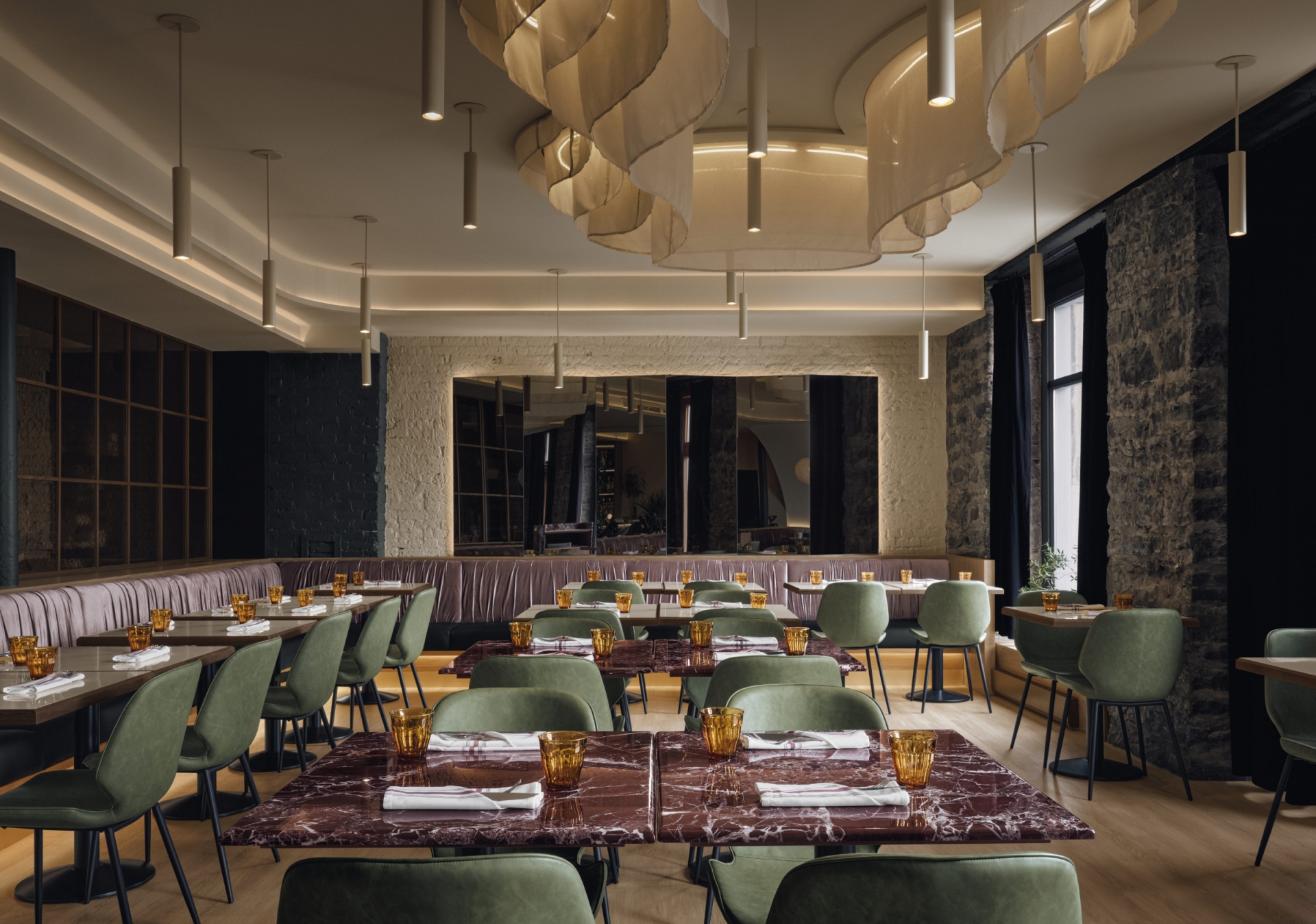
Hayat Restaurant design by Ivy Studio - Photography by Alex Lesage
More designers are also considering how acoustic comfort connects to inclusive design. Poor acoustics can strongly affect people with sensory sensitivities such as those with autism, ADHD, anxiety, or trauma. Designing with this in mind helps create spaces that feel more welcoming and accessible to all.
This growing emphasis on soundscapes might mean using soft, absorbent surfaces in a school library, or incorporating hanging baffles in open-plan offices to soften ambient noise. Either way, acoustics are becoming part of the bigger picture in design.
Customization Meets Performance
Acoustic materials are increasingly serving double duty as branding tools and space identifiers. Where once designers had to choose between acoustic function and visual identity, today's solutions offer both. The focus has shifted from generic sound absorption to materials that can be tailored, patterned, and programmed to reflect specific organizational values.
The Cove Baffle System by Zintra exemplifies this trend. With softly recessed square forms, Cove can transition seamlessly from ceilings to vertical surfaces. It blurs traditional boundaries while maintaining clean, modern aesthetics. The prefabricated panels install up to 40% faster than traditional acoustic treatments, making them especially appealing for projects with tight timelines.
It’s a system that combines streamlined installation with strong acoustic performance and design versatility, proving that systematic thinking can deliver both function and visual impact.
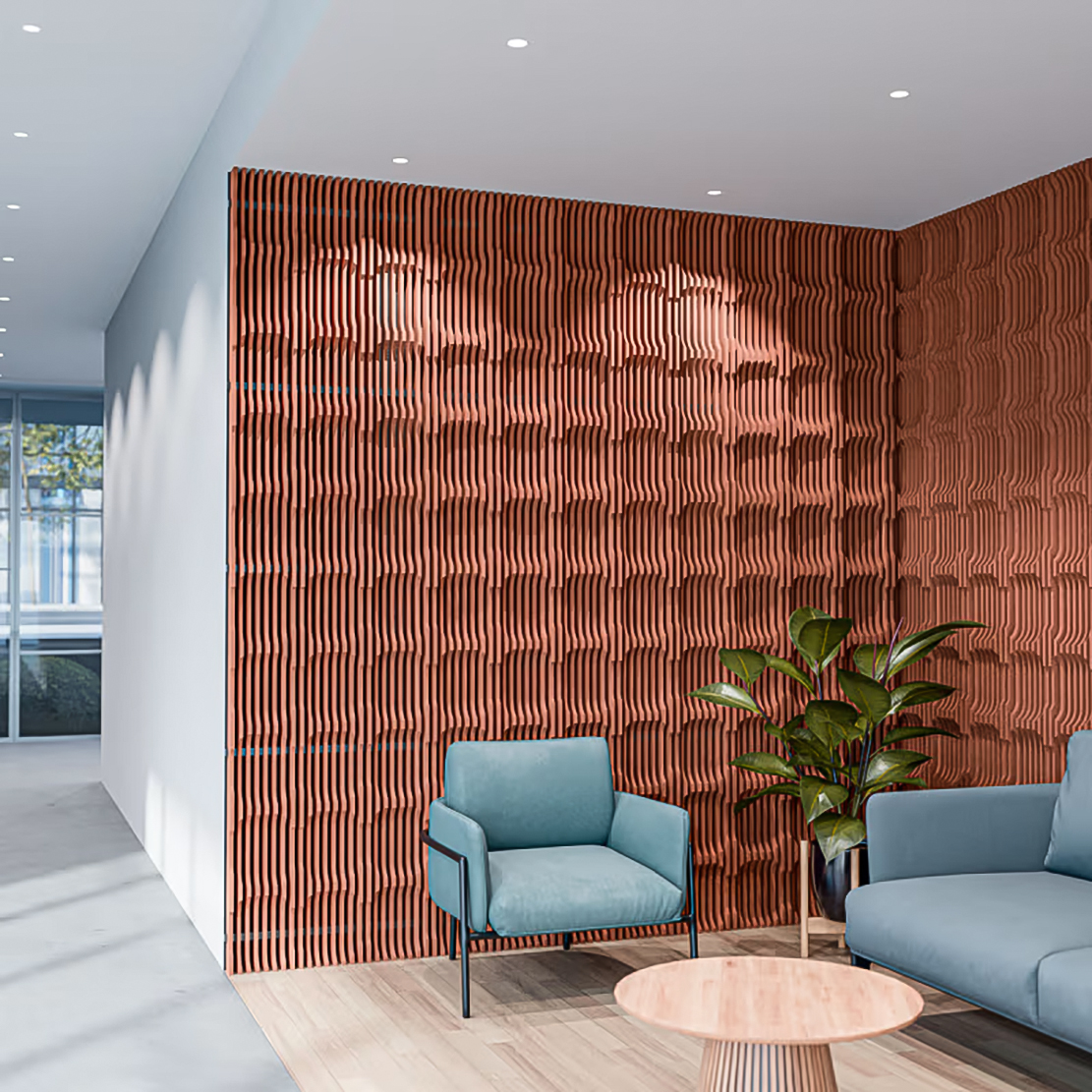
Cove Baffle System by Zintra
TruTile® acoustic wall tiles by Focal Point Lights build on that same balance of flexibility and performance. The collection’s mix of designs, textures, and shapes can be arranged and reoriented to create everything from understated patterns to bold, graphic statements. Deeper textural options catch light in dynamic ways, adding dimensionality and visual interest as occupants move through a space.
TruTile also coordinates seamlessly with the brand’s ceiling-mounted acoustic and lighting solutions, allowing designers to carry a cohesive look across the whole space.

TrueTile® by Focal Point Lights
Innovations in Sustainability
Speaking of sustainability, designers no longer have to choose between performance and planetary health. New bio-based and circular materials prove that the industry is full of exciting eco-friendly innovations.
Take BuzziSpace’s BuzziReForm, for example. This acoustic panel is made entirely from mycelium, the fibrous root structure of fungi. Grown from locally sourced organic waste materials in Europe, it’s as eco-conscious as it gets. At the end of its life, the product is fully biodegradable, returning safely to the earth.
But it’s not just a sustainability win. BuzziReForm performs exceptionally across the full frequency spectrum, balancing absorption and diffusion to create quieter, more comfortable spaces.
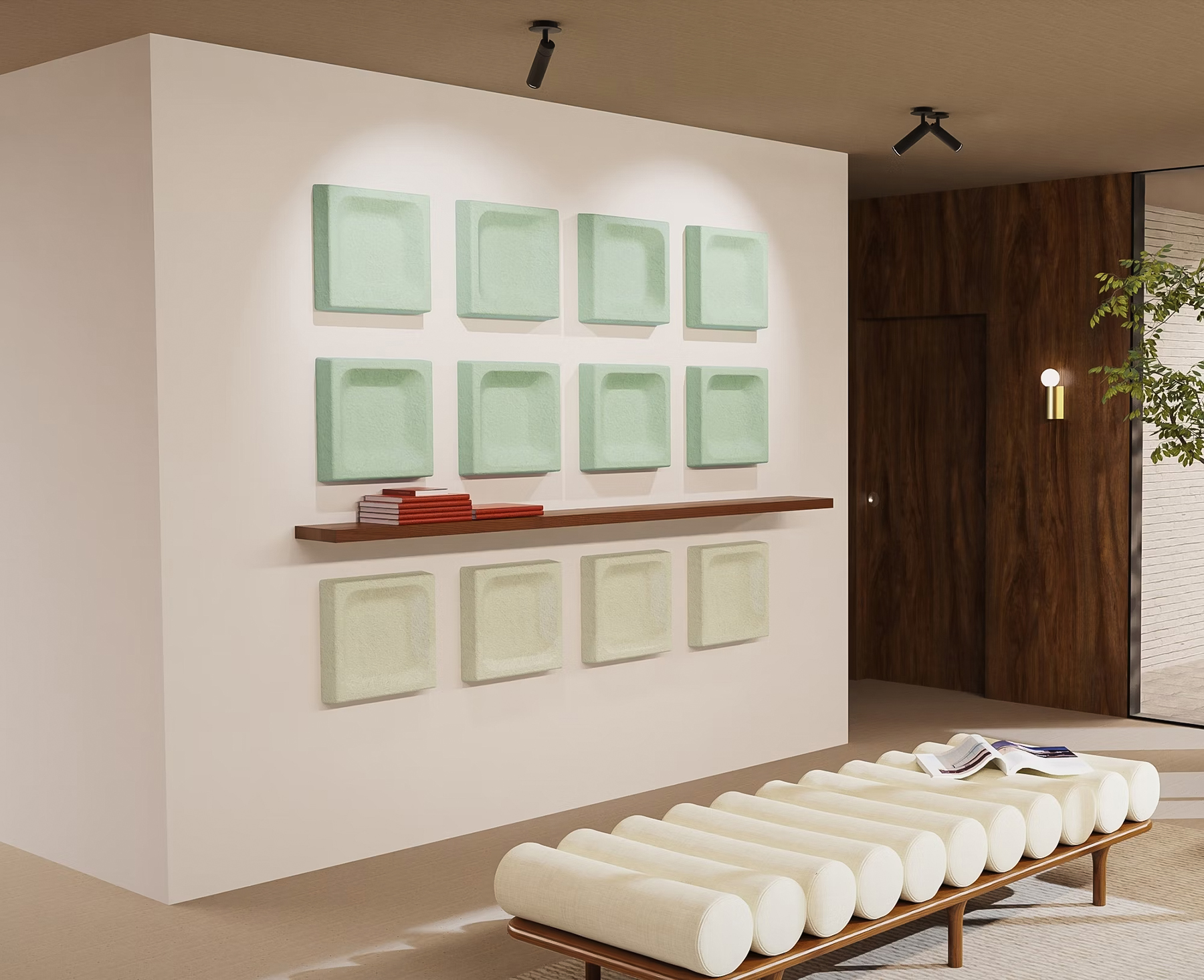
BuzziReForm by BuzziSpace
Other brands are also pushing the limits of recycled content in beautiful ways. Autex Acoustics teamed up with New Zealand artist Emma Hayes to create a painterly acoustic textile collection that doubles as art. The textiles are carbon neutral and made with at least 60% recycled content. They absorb sound to reduce echo and background noise, helping to lower audio levels by up to 15 decibels.
At the same time, their soft color palettes and flowing designs create a sense of visual calm. This combination of auditory and aesthetic support is especially valuable in learning environments, healthcare settings, or workplaces where overstimulation can be a daily challenge.
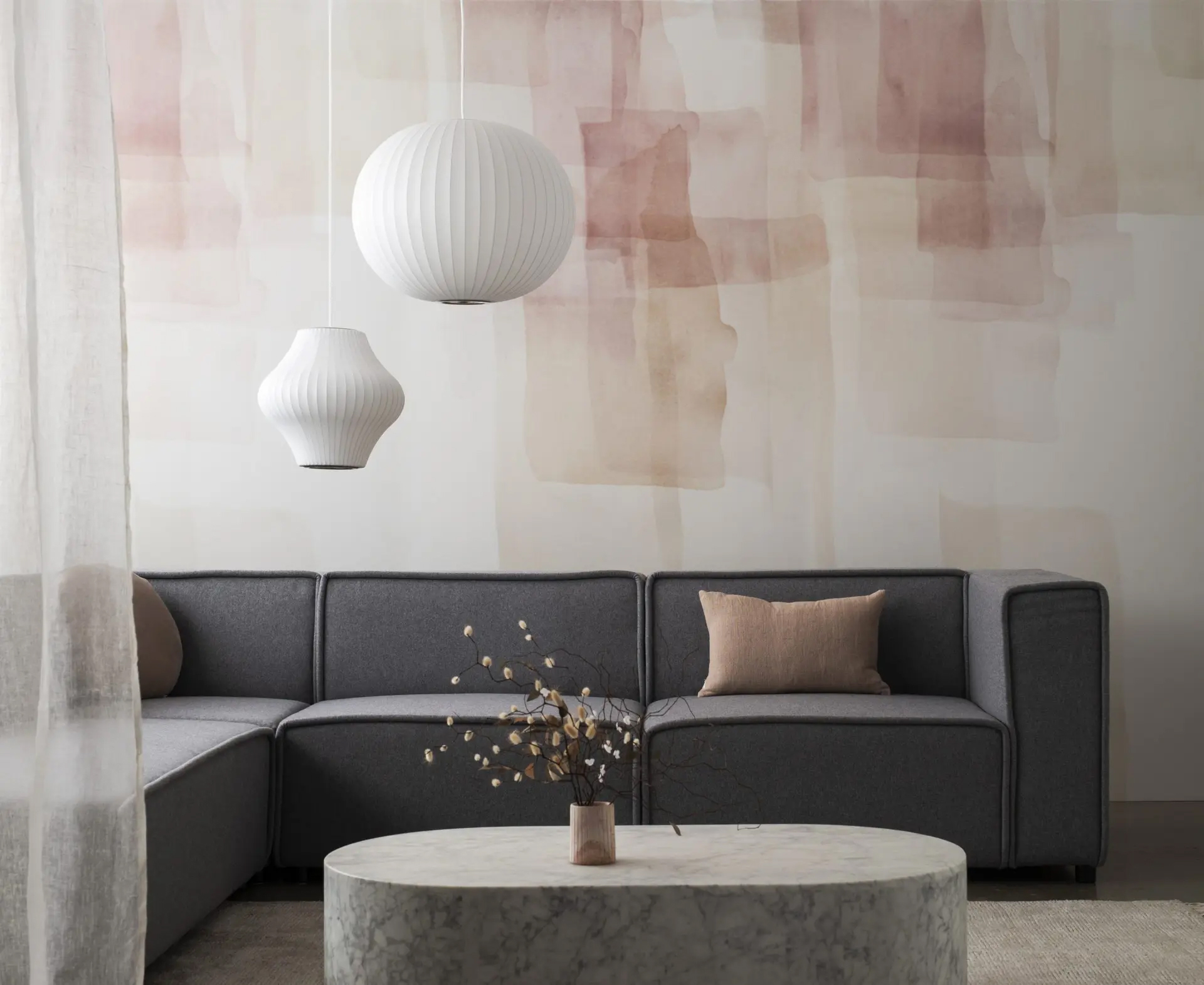
Veil Design from the Emma Hayes collection by Autex Acoustics®
Form-Forward Acoustic Systems
Acoustic design is no longer hidden in the background. The designs are becoming more expressive, more intentional, and more beautiful. Designers are embracing materials that add softness, shape, and even playfulness to a space, while still delivering high-performance sound control. The days of flat, utilitarian treatments are fading. Instead, we’re seeing acoustic solutions that invite attention and elevate interiors. Ceilings, in particular, have become a creative canvas, with sculptural systems that bring texture, rhythm, and a sense of movement overhead.
Tapestra™ by Arktura exemplifies this movement. It brings acoustic performance and textile-like elegance together in a suspended ceiling system. Inspired by flowing fabric, its fluid forms create movement and softness while managing reverberation. Available in a range of colors and patterns, Tapestra™ offers designers the flexibility to tailor both the acoustic profile and the visual tone of a space.
Its modular format allows for striking large-scale installations or more intimate compositions. The system works especially well in hospitality, education, or wellness spaces that benefit from a more tactile, emotive design language. It’s a solution that softens the experience of sound and space at the same time.
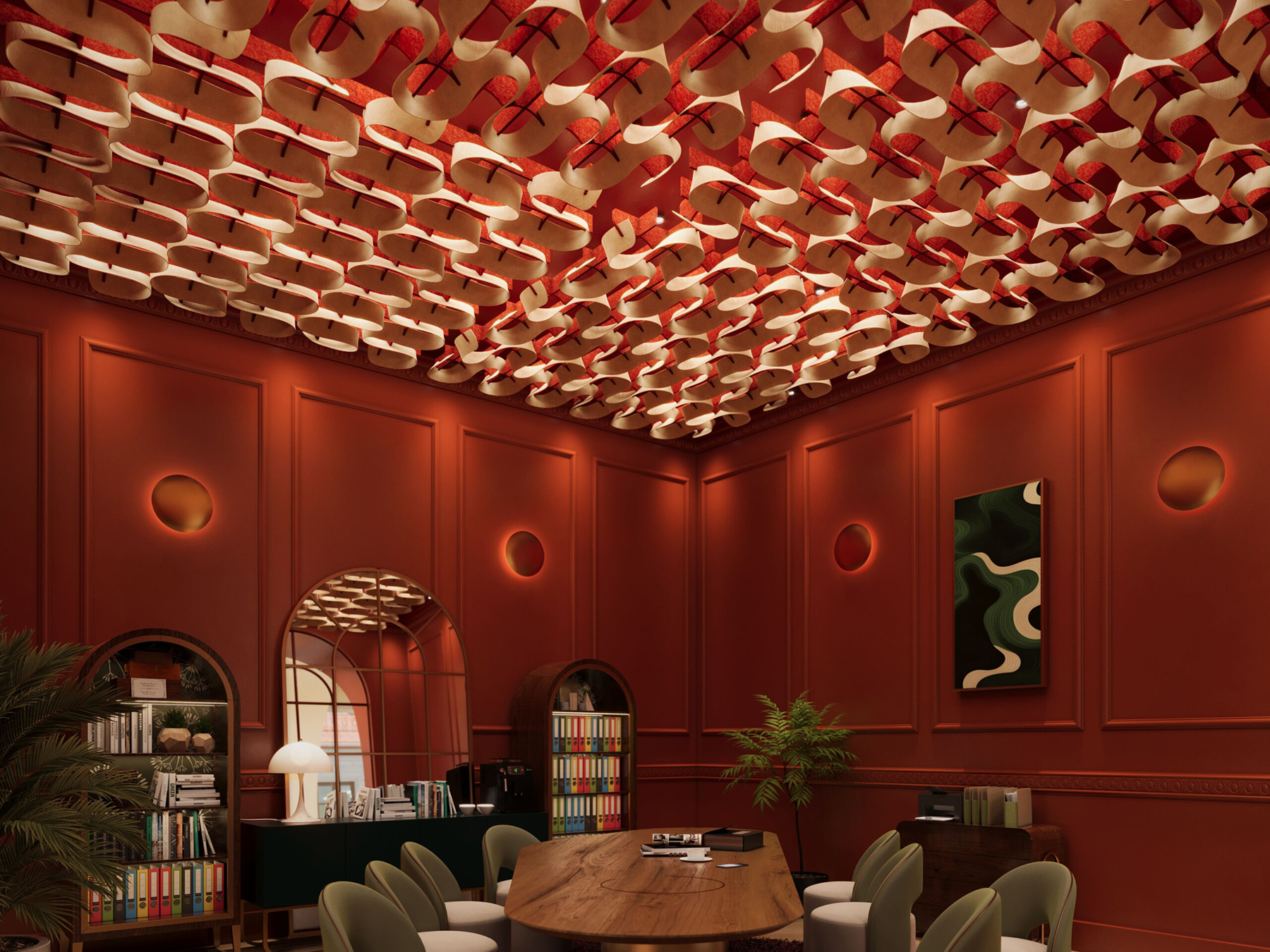
Tapestra™ Acoustical Ceiling Baffles by Arktura
Turf’s Arcade ceiling system offers a more geometric and architectural expression. Made up of five interlocking tile shapes, the design forms continuous archways that evoke the drama and symmetry of Gothic architecture. The result is both rhythmic and monumental, an overhead landscape that turns sound control into a visual focal point.
Beneath its sculptural form lies serious performance. Arcade achieves an impressive NRC rating of 0.90, absorbing sound across frequencies while maintaining a lightweight, modular format. The tiles are constructed from PET felt with 60% pre-consumer recycled content. It's a ceiling system that brings aesthetics, functionality and sustainability together in a beautiful way.
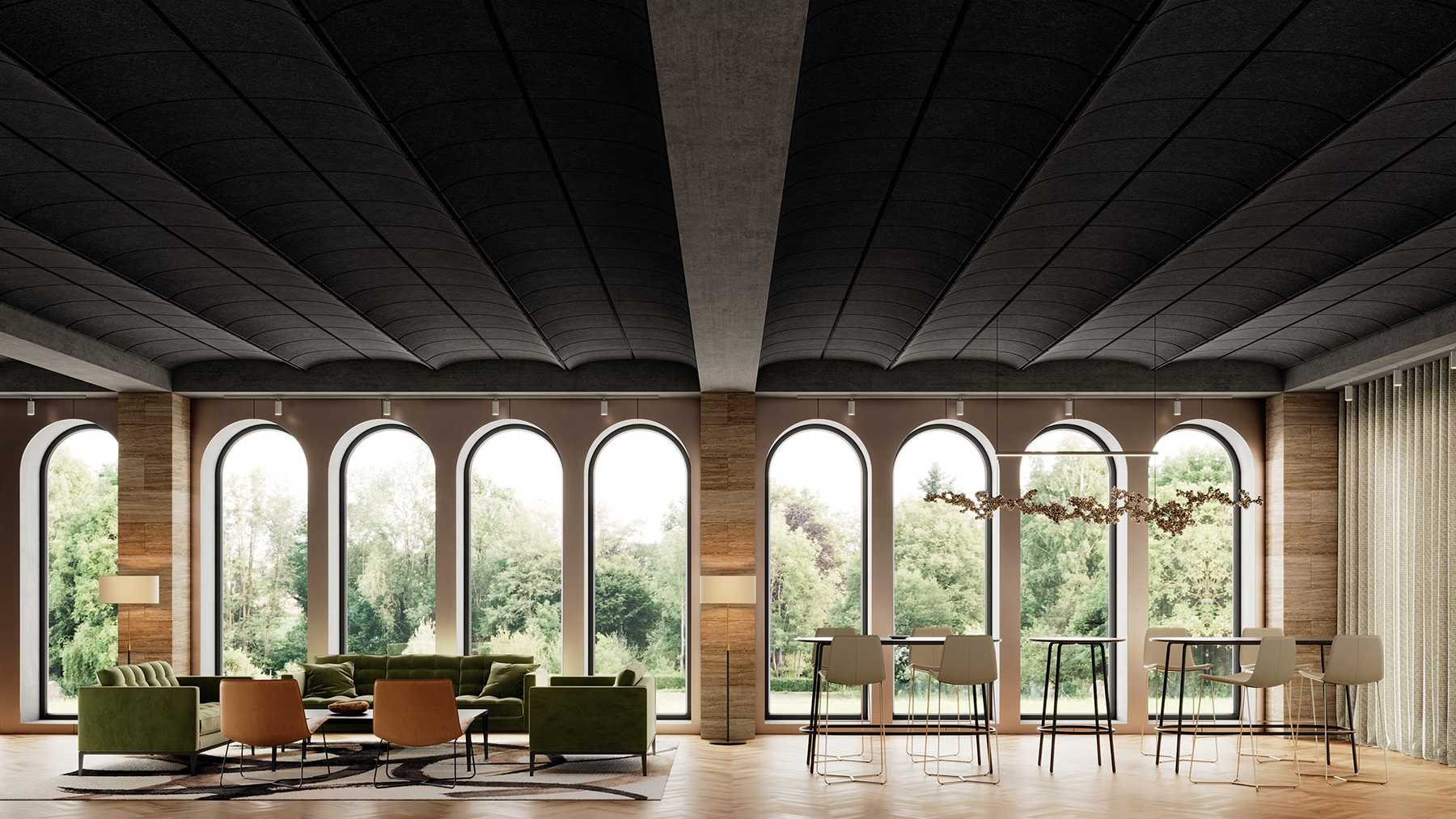
Arcade by Turf
Biophilia Meets Acoustics
Biophilic design continues to shape interiors in 2025, and acoustic materials are part of that evolution. Many manufacturers are embracing biophilia by creating tactile, organic forms that bring nature inside.
A standout example is Grass by Slalom, an acoustic system made of vertical PET felt blades that mimic the look and movement of tall blades of grass. It’s a playful departure from more rigid or rectilinear systems, and a reminder that acoustic solutions don’t have to be hidden or purely functional.
The wall panels are already a great example of biophilic design in action, but the effect is even more pronounced when installed as freestanding elements. They sway gently with airflow, providing a dynamic visual cue that brings indoor spaces to life while offering sound absorption and spatial separation.
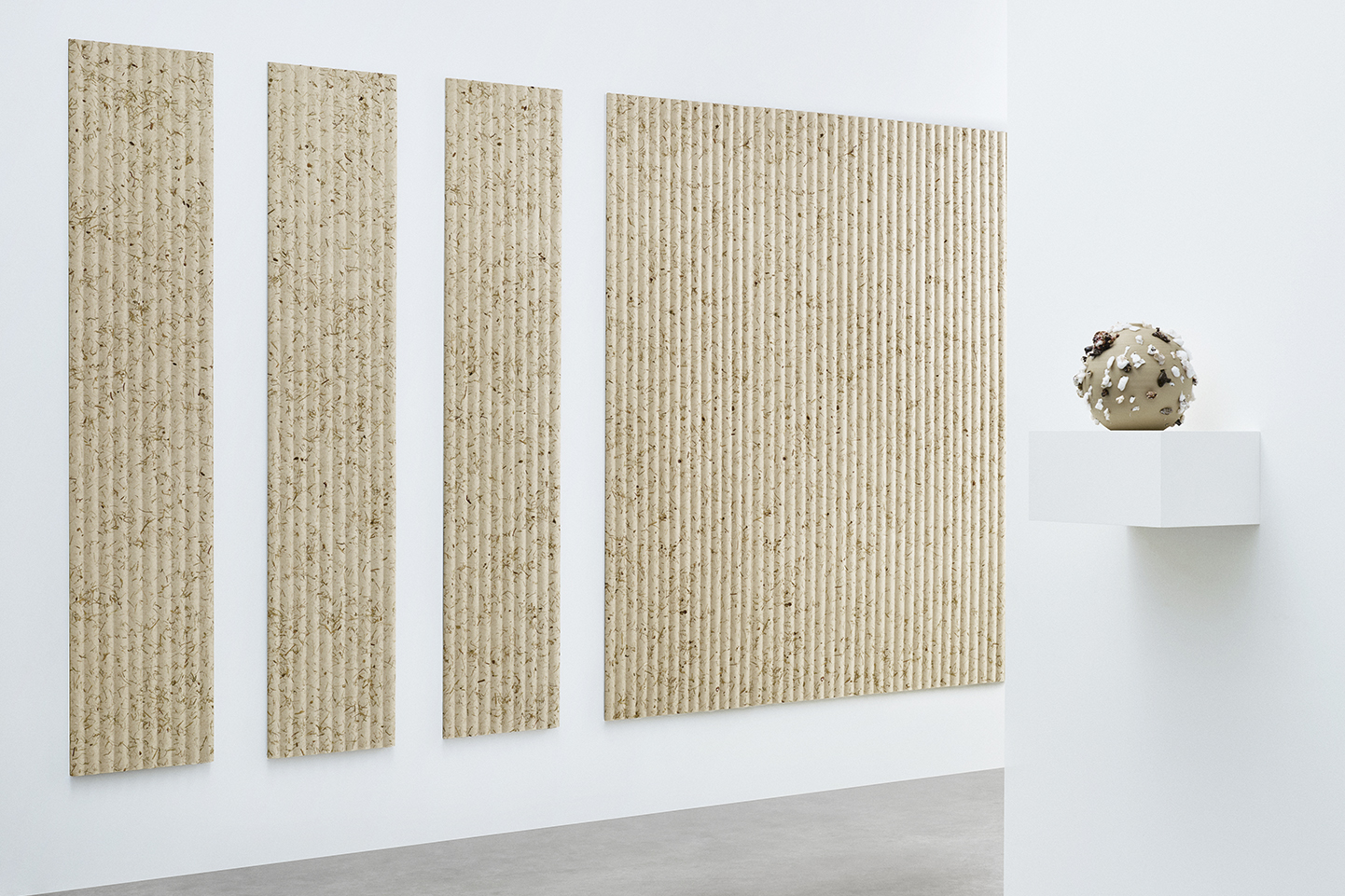
Grass by Slalom
Velvet Leaf by Greenmood brings a refined take on the acoustic green wall. Composed of hand-picked Tibouchina leaves from South America, this wall-mounted piece combines acoustic function with artful biophilic presence. Each velvety leaf has a rich texture and deep vein structure that naturally diffuses sound. As light moves across the surface, the leaves shift in tone from lemon green to deep emerald, adding a dynamic and tactile quality to the space. Velvet Leaf requires no watering or upkeep, which makes it a more low-maintenance and sustainable choice than a traditional living wall.
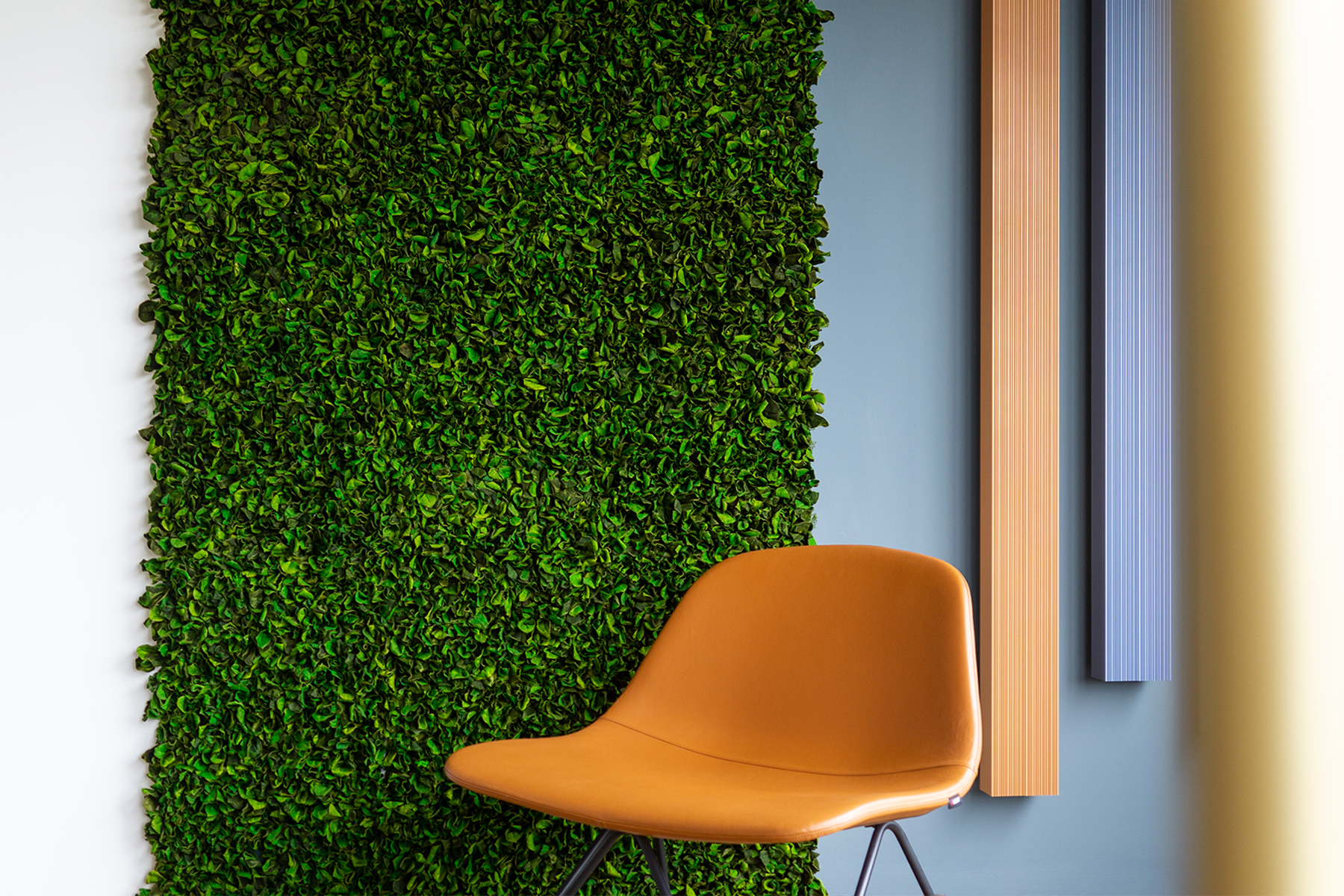
Velvet Leaf by Greenmood
Looking Forward
Acoustic design is becoming more intentional. From ceilings that double as sculptures to natural textures that bring softness and calm, the latest materials show just how far the field has come. As designers continue to prioritize wellbeing, sustainability, and sensory experience, they are turning to acoustic solutions that do more than reduce noise. In 2025, acoustic design about creating space for wellbeing, functionality, and beauty.
Since the performance of acoustic products can be as tactile as it is technical, material samples remain an essential step in the design process. Browse and request free acoustic material samples at www.swatchbox.com/pro
 Swatchbox is a premier sample fulfillment service for building product manufacturers. With proprietary software designed by insiders of the design community, Swatchbox helps manufacturers improve product sales and brand affinity by delivering material samples to the design community with speed, intelligence, and style. Learn more and join Swatchbox at www.swatchbox.com.
Swatchbox is a premier sample fulfillment service for building product manufacturers. With proprietary software designed by insiders of the design community, Swatchbox helps manufacturers improve product sales and brand affinity by delivering material samples to the design community with speed, intelligence, and style. Learn more and join Swatchbox at www.swatchbox.com.



